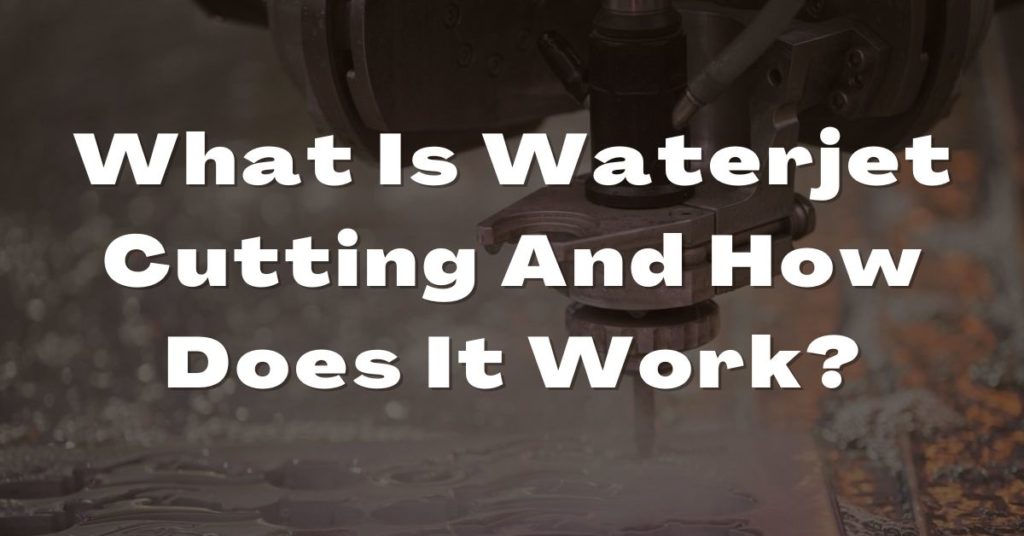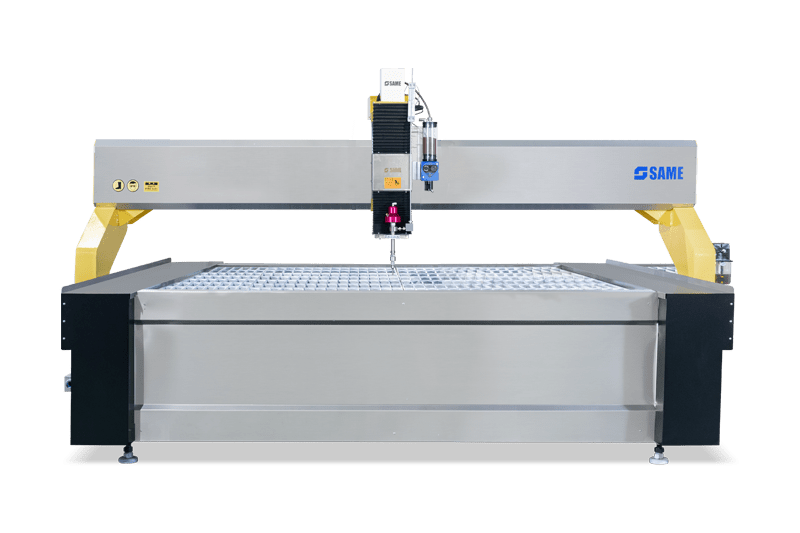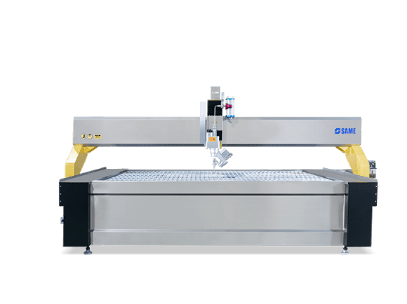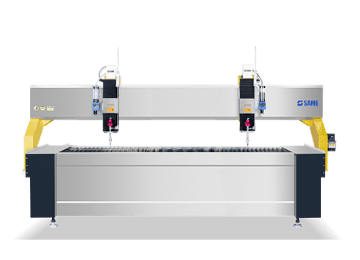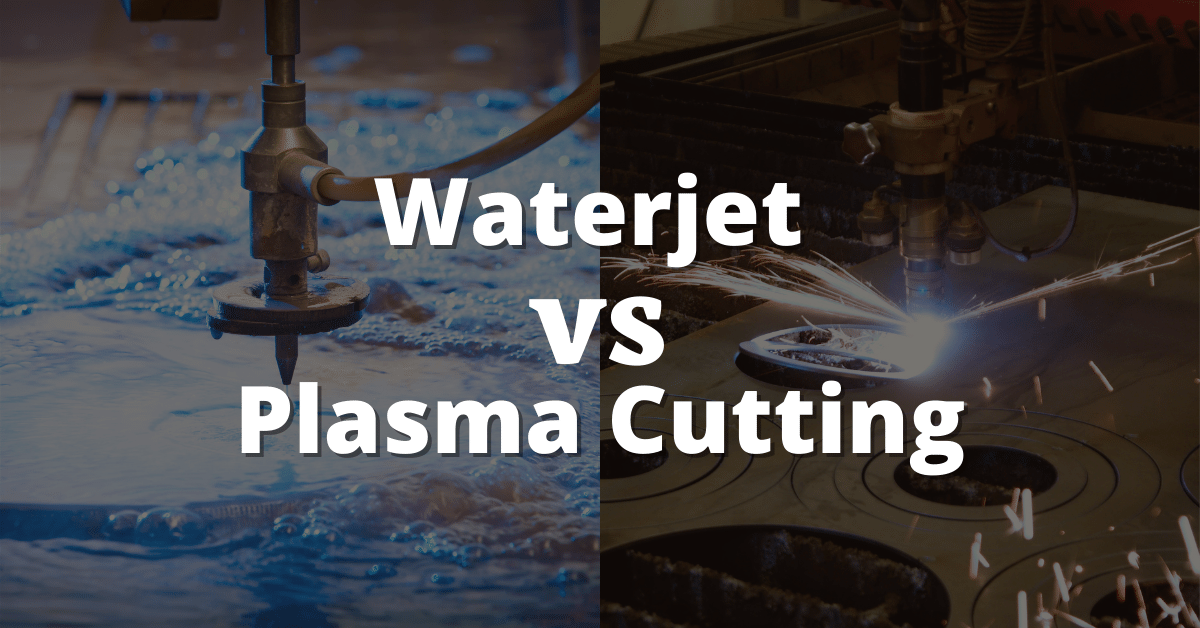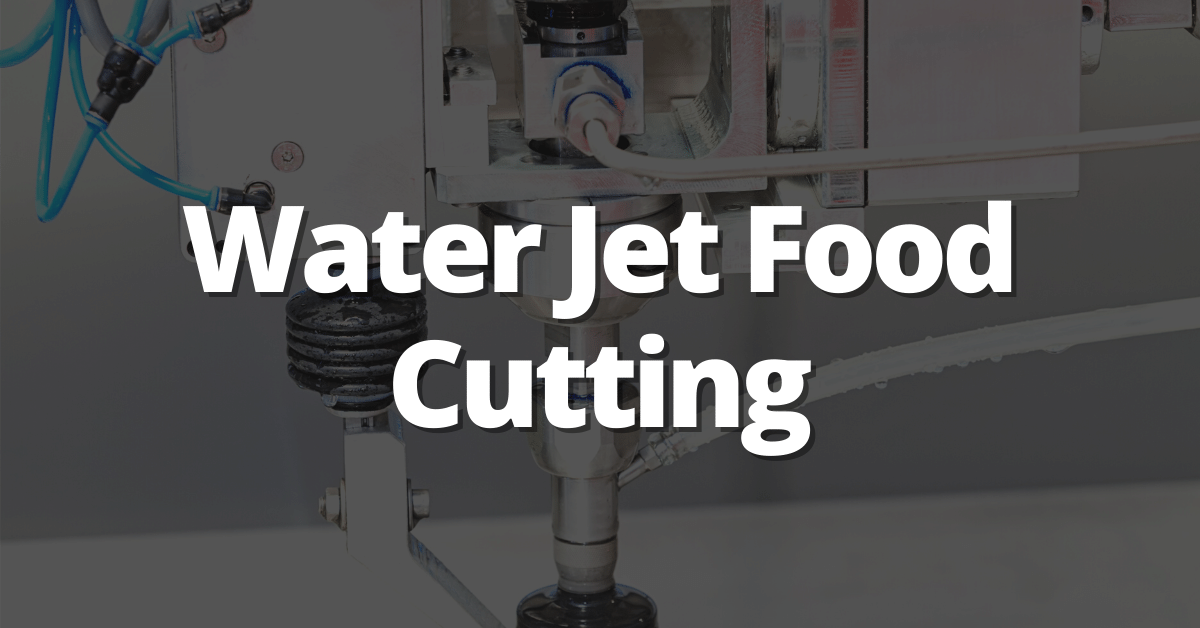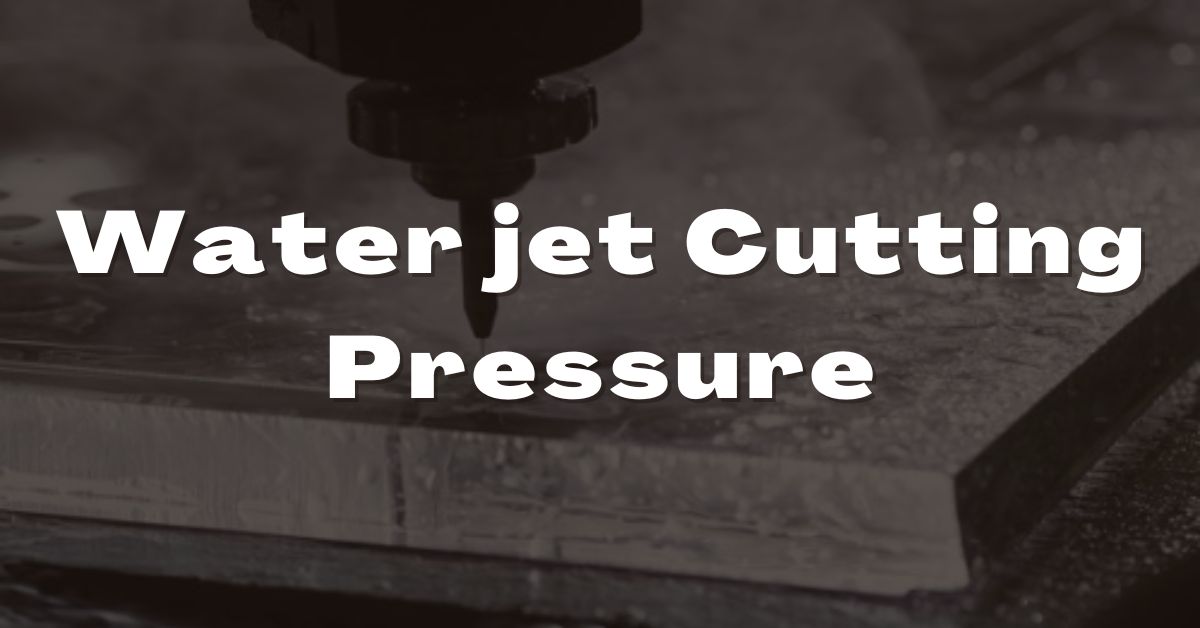To meet the growing demand for quality, reduce waste, and increase production, many manufacturers are turning to waterjet cutting as an efficient and versatile solution.
Waterjet cutting is a material processing technique that continues to gain popularity, especially among industrial applications. Its popularity stems from the fact that it can cut a wide range of materials with great precision and no heat-affected zones.
Despite the widespread use of waterjet cutting technology, there are still many individuals who are unfamiliar with the process and its benefits.
In this article, we’re going to take a closer look at what is water jet cutting and how it works. We’ll also discuss the types of materials that can be cut with waterjet and the advantages of waterjet cutting over traditional methods.
What Is Water jet Cutting?
Waterjet cutting is a mechanical process that uses a high-pressure stream of water to cut through the materials. The supersonic speed of the stream allows it to cleanly slice through the material and create custom shapes and designs.
The process is versatile and is often used to cut precise parts during the fabrication of machine components. It’s especially useful for cutting sensitive materials such as plastic, which could get damaged if exposed to high temperatures.
Waterjet cutting can be classified into two types:
Pure Waterjet: Uses a pure water jet stream (without abrasives) to cut soft materials such as wood and rubber.
Abrasive Waterjet: Uses a mix of water and abrasive substance to erode harder materials like metal and glass.
How Does Waterjet Cutting Work?
The water jet cutting process works by using a high-pressure pump to force water through a small nozzle at extremely high speeds. High-pressure water flows through a fine gem orifice (commonly a diamond or ruby) inside this nozzle, creating a jet of water.
The waterjet pump is designed to pressurize water at 60,000 pounds per square inch (psi) and propel it at speeds of up to 2,500 feet per second (760 m/s). This high-pressure stream of water is used to cut through the material.
To further increase the cutting power of a water jet stream, abrasives can be mixed with the water. The abrasives are typically added in small quantities and stored in a holding tank. They flow into the nozzle through an abrasive inlet along with the water and are forced out at high pressure.
What Can A Waterjet Cut?
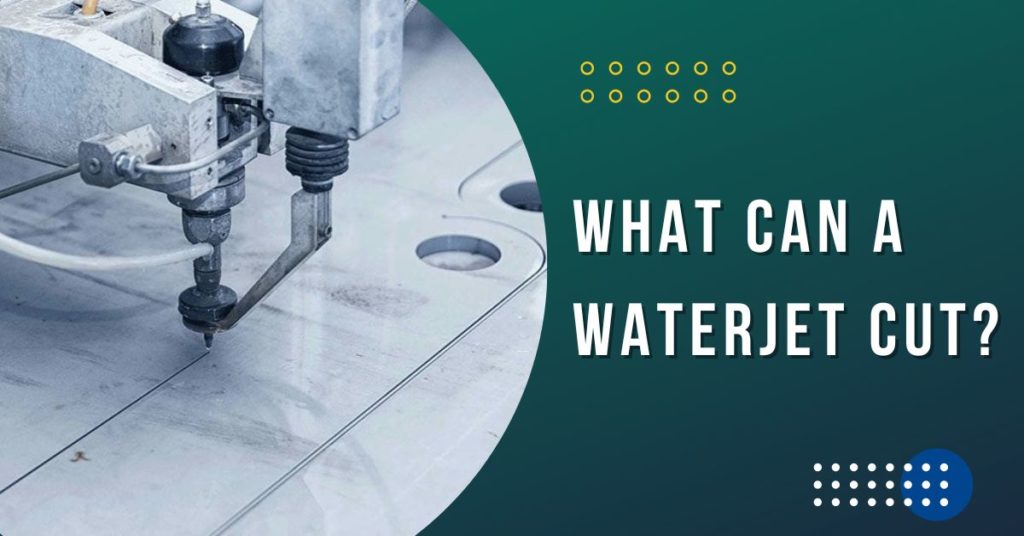
Waterjet cutting is a versatile technology that can be used to cut a range of materials. It can cut hard materials up to 30 cm (12 inches) in length, while it also works well on soft materials such as plastics and rubbers.
Listed below are some of the most common materials that are cut with waterjet technology:
- Natural Substances (Glass, Wood, Marble, Leather)
- Artificial Substances (Plastic, Foam, Acrylic, Rubber)
- Metals and Alloys (Aluminum, Titanium, Copper, Inconel)
- Composites (Fiberglass, Kevlar, Carbon Fiber, Phenolic)
There are only a few materials that cannot be cut with a waterjet, including diamond, tempered glass, semi-liquid materials, and advanced ceramics.
Waterjet Cutting Uses
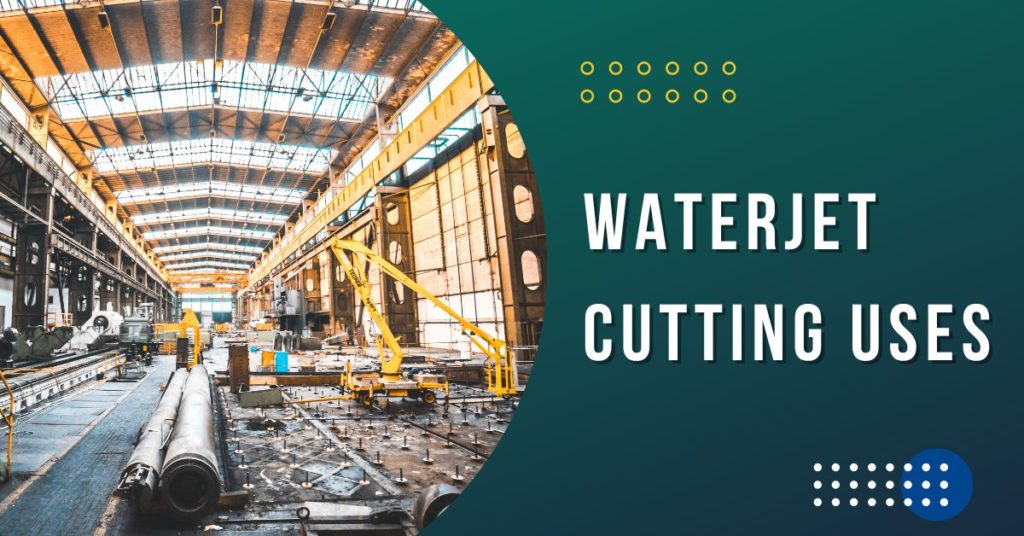
Waterjet cutting is used in a variety of industries for a range of applications. Due to its versatility, the technology can be used for both small-scale and large-scale projects.
Some of the most common uses of waterjet cutting include:
Aerospace: Used in the manufacture of parts for jet engines & turbine blades, as well as aircraft composite materials.
Food Processing: Used for cutting and shaping a variety of food items in a sterile, accurate, and efficient way.
Automotive: Used for manufacturing components made of different materials on production lines.
Electronics: Used in the electronics industry to cut printed circuit boards and other electronic components.
Art and Design: Often used by artists and designers to create unique shapes, designs, and custom patterns.
Defense: Used for shaping, armour plating, bulletproof glass, and composite materials in the defense & military industry.
Medical & Dental: Used in the medical industry for implants, prosthetics, and surgical instruments.
Best Reason To Choose Waterjet Over Laser Cutter
Waterjet cutting is an ideal option for cutting thick and hard materials thanks to its high-pressure stream of water. It also requires minimal cleanup after cutting because the sliced components are already smooth and ready to use.
Waterjet cutting doesn’t create heat-affected zones, so your materials won’t be damaged by the process. Waterjet cutting allows you to cut metal in three dimensions, unlike laser cutting which only allows you to engrave simple designs and other details.
Best Reason To Choose Waterjet Over Plasma Cutter
The waterjet is often considered up to four times more accurate than a plasma cutter. It produces higher quality cuts across a wider range of materials and thicknesses. The versatility that comes with waterjet machines allows users to customize their cuts and make complex shapes.
Waterjet cutting is used to cut a variety of materials, whereas plasma cutting is limited to cutting conductive metals. Waterjet technology is also environmentally friendly and has no heat-related effects. Plus, It has a cost-effective advantage over plasma cutting when it comes to consumables.
Conclusion
Waterjet cutting has been around for more than a century, but new developments are still being made to improve the process. We can expect to see even more applications for this technology in a variety of industries in the near future.
Hopefully, this article has provided some insight into what is water jet cutting and how it works. Now that you know more about it, you can make an informed decision about whether or not it’s the right solution for your material processing needs.
If you’d like to learn more about waterjet cutting or explore our other services, contact us today at SAME Waterjet. Our team of experts would be happy to answer any questions you have.


